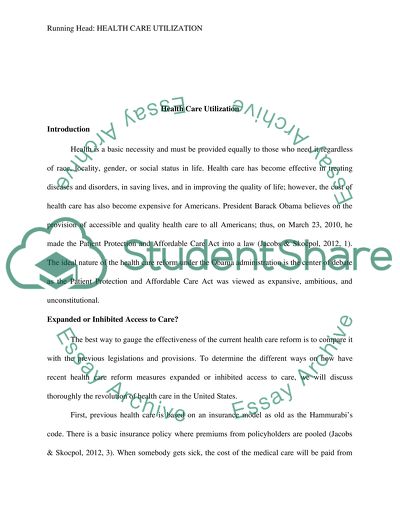Cite this document
(“Health Care Utilization Essay Example | Topics and Well Written Essays - 1000 words - 1”, n.d.)
Health Care Utilization Essay Example | Topics and Well Written Essays - 1000 words - 1. Retrieved from https://studentshare.org/health-sciences-medicine/1691952-health-care-utilization
Health Care Utilization Essay Example | Topics and Well Written Essays - 1000 words - 1. Retrieved from https://studentshare.org/health-sciences-medicine/1691952-health-care-utilization
(Health Care Utilization Essay Example | Topics and Well Written Essays - 1000 Words - 1)
Health Care Utilization Essay Example | Topics and Well Written Essays - 1000 Words - 1. https://studentshare.org/health-sciences-medicine/1691952-health-care-utilization.
Health Care Utilization Essay Example | Topics and Well Written Essays - 1000 Words - 1. https://studentshare.org/health-sciences-medicine/1691952-health-care-utilization.
“Health Care Utilization Essay Example | Topics and Well Written Essays - 1000 Words - 1”, n.d. https://studentshare.org/health-sciences-medicine/1691952-health-care-utilization.


